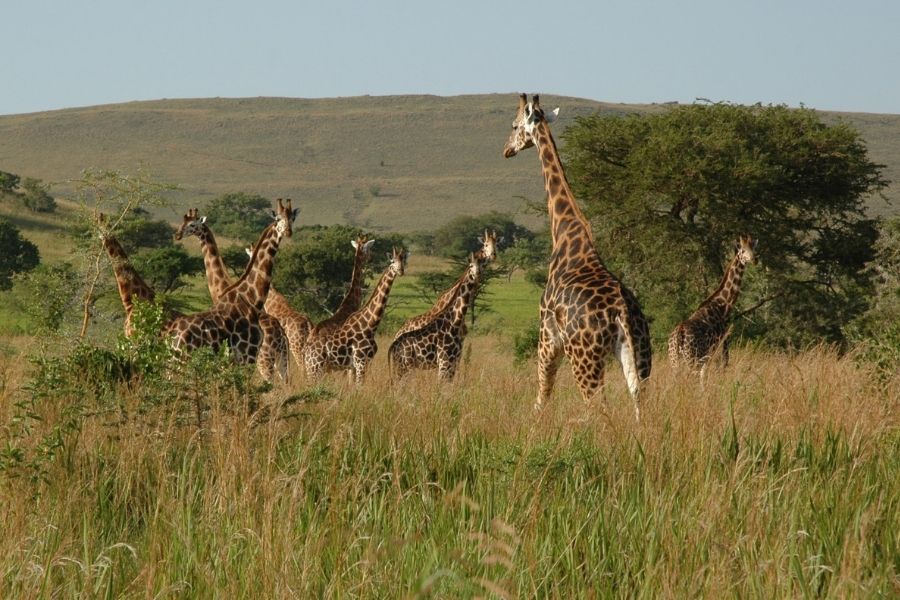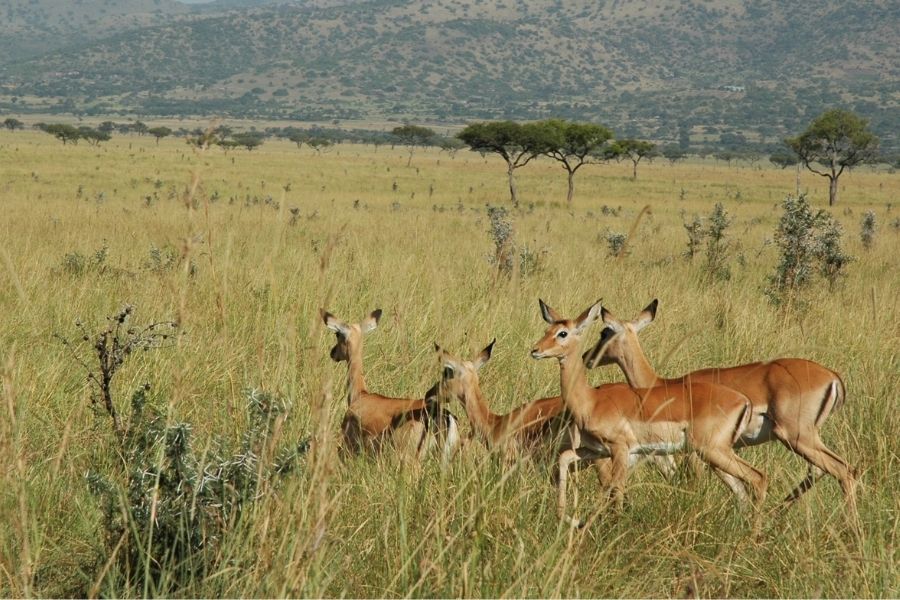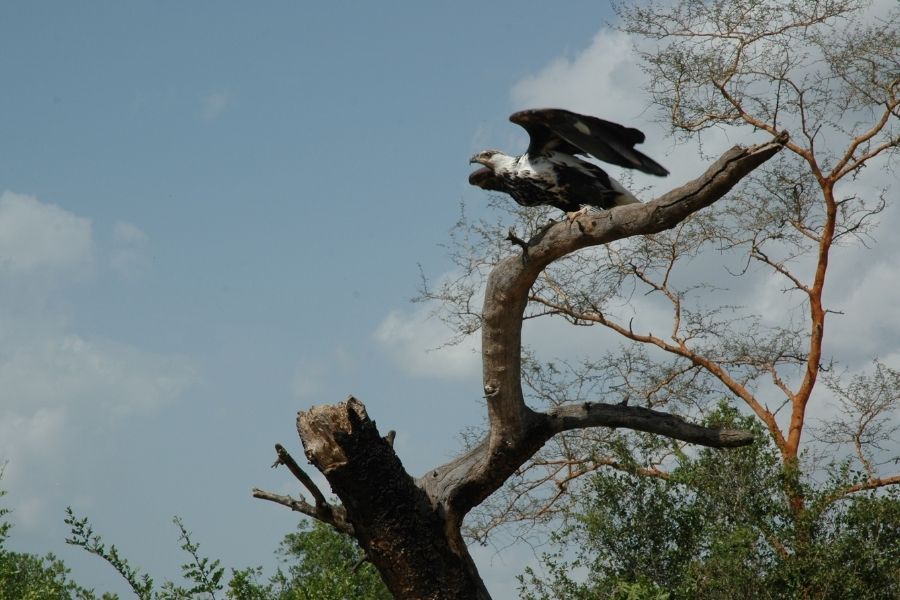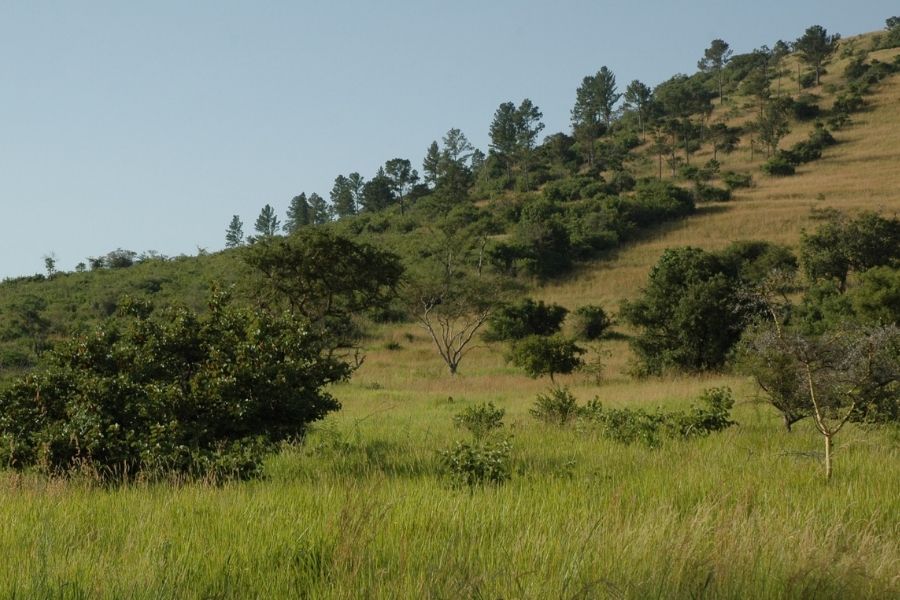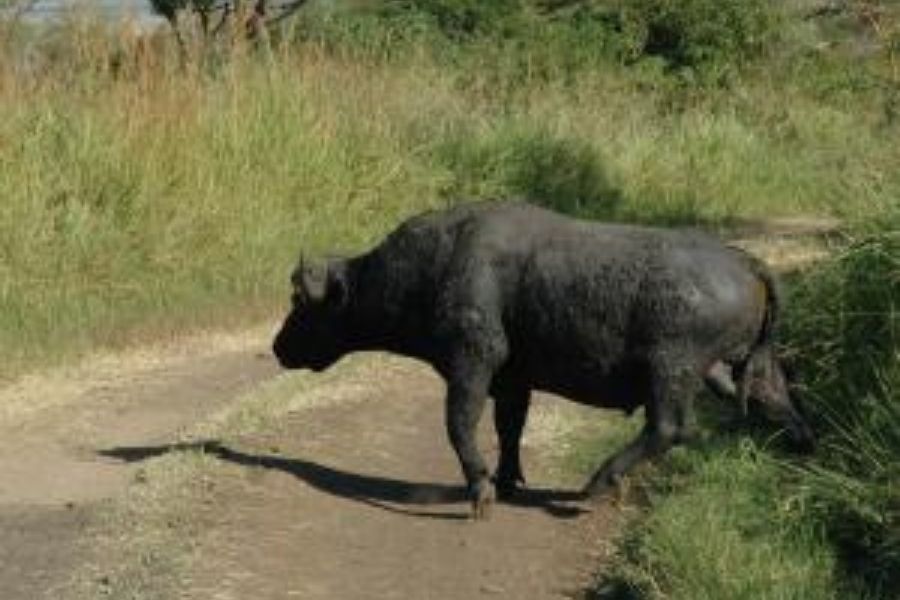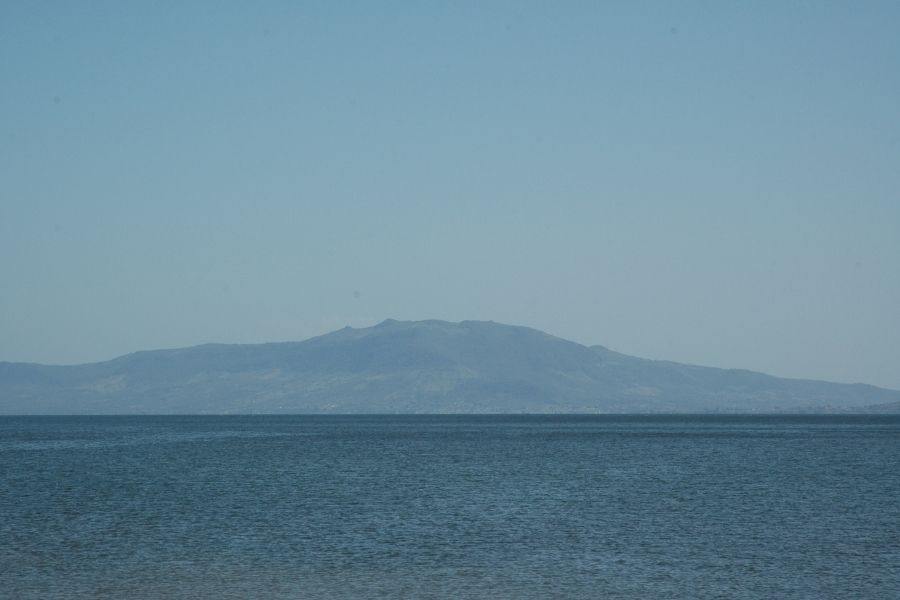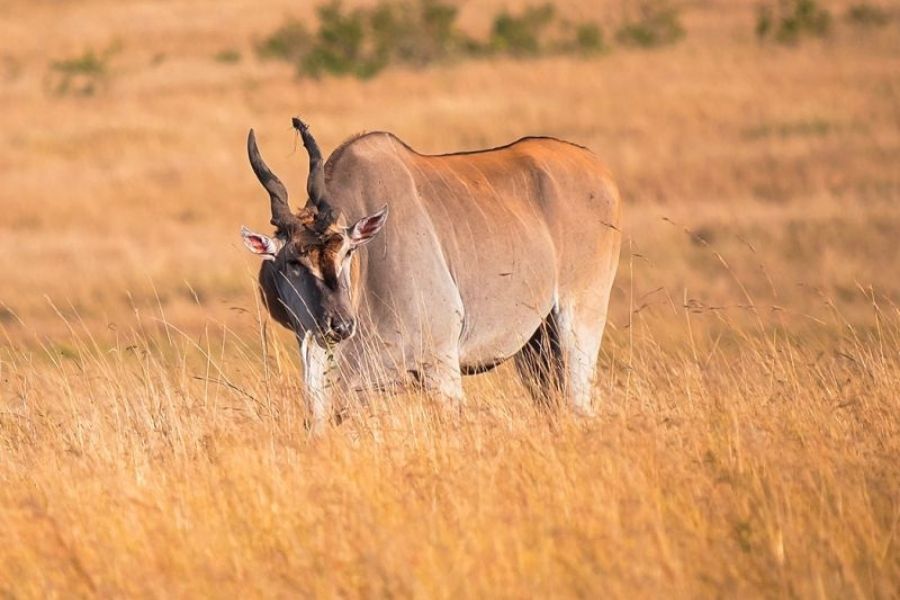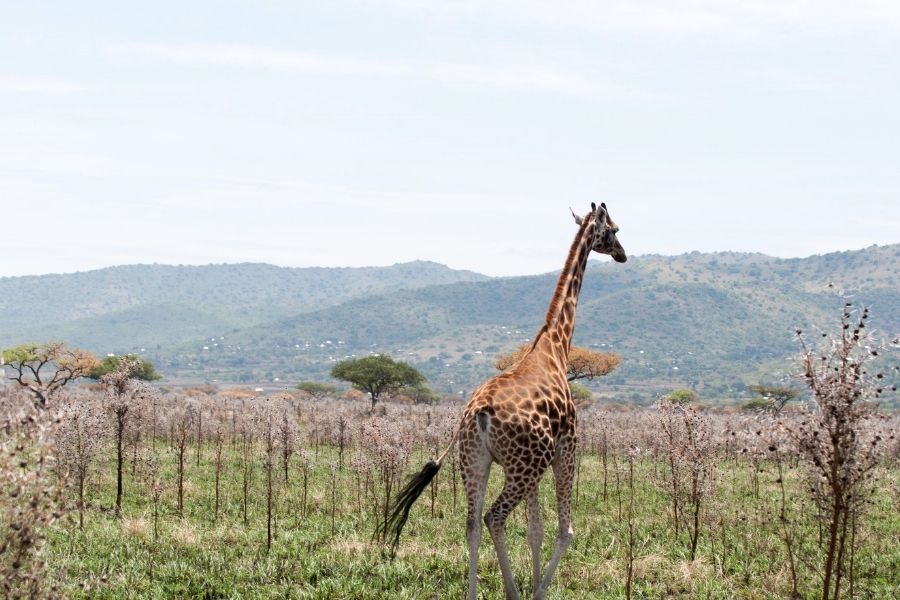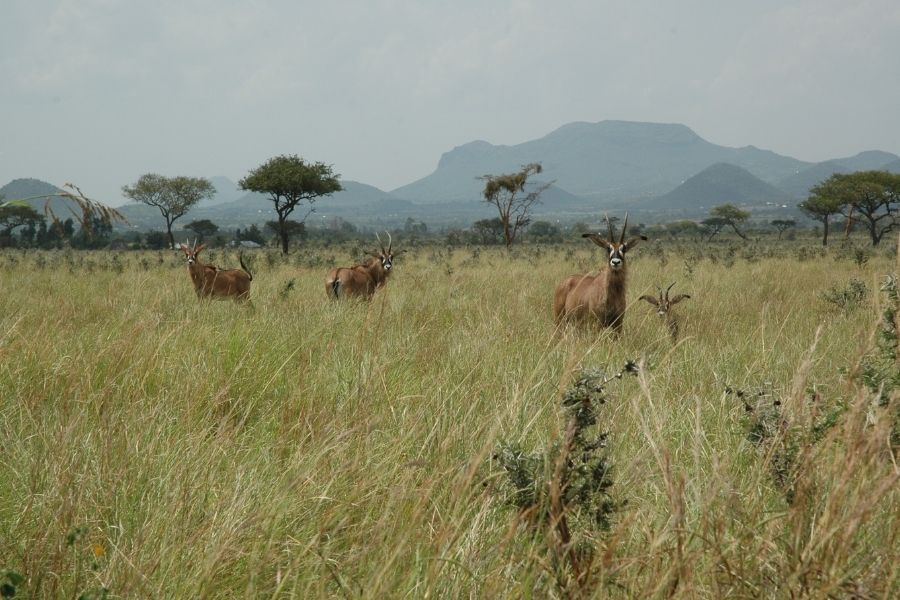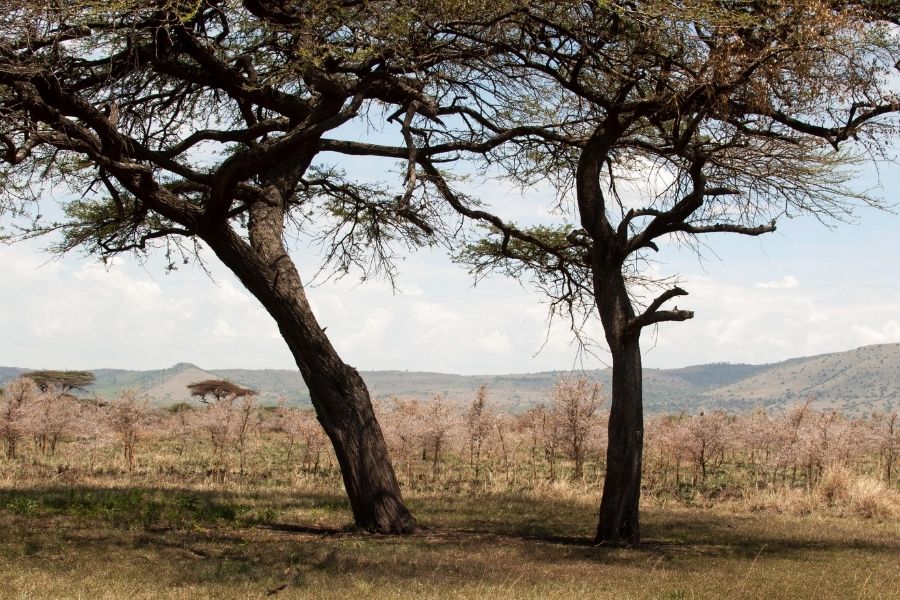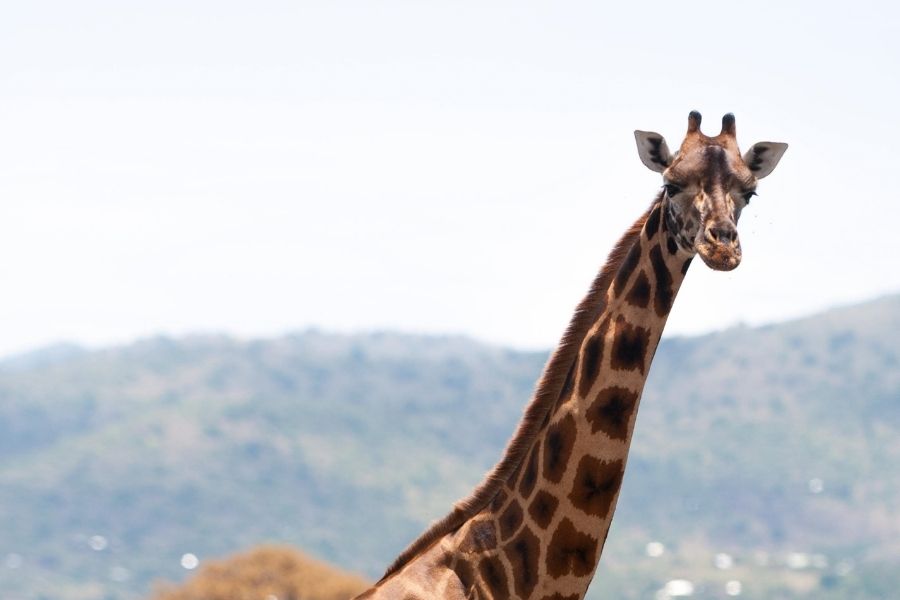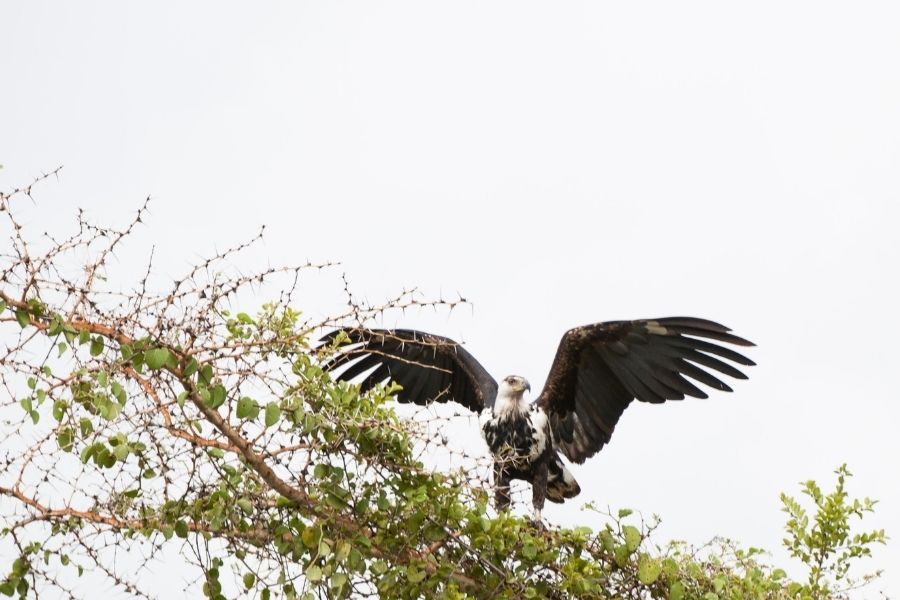RUMA NATIONAL PARK | KISUMU
Ruma National Insight
Ruma National Park ( also known as the Lambwe Valley Game Reserve) is the only park in the Nyanza Province.
It was started to protect its huge population of rare roan antelopes which are not found anywhere else.
Ruma lies on the flat floor of the seasonally watered Lambwe River Valley bordered by the Kanyamwa Escarpment to the South-East, and by the volcanic plugs of the Ruri Hills to the north.
The park is also the only protected area in Kenya where the globally threatened blue swallow, a scarce intra-African migrant, is regularly recorded. Blue swallows, which depend upon moist grassland for both feeding and roosting, arrive in Kenya from their breeding grounds in Southern Tanzania around April and depart again in September.
The terrain is mainly rolling grassland, with tracts of open woodland thickets. The soils are largely “black cotton” clay (Oxisols).
It was named Ruma upon the request of the local community. The park is located in Western Kenya close to Lake Victoria, in Lambwe Valley in South Nyanza. The park covers an area of 120 kilometers. It has two gates, and the roads are three main circuits which are accessible by vehicles all year long.
A mosaic of landscapes, ranging from riverine woodland and rolling savannah to magnificent escarpments and towering cliffs, Ruma National Park promises undiscovered wildlife treasures and undisturbed peace.
It is also Kenya’s last remaining sanctuary for the endangered roan antelope. Ruma’s birdlife is exceptional.
Climate
The climate in the Ruma National Park is humid and hot.
It has two rainy seasons;
- From March to June From October to early December.
- The dry season starts from; The end of June to September From mid-December to February.
Best Time to Visit Ruma National Park can be visited anytime of the year. However, wildlife viewing is best during the dry season from June to October and from January to February.
Note that it is challenging to visit the park during the peak of the short rains in November and during the long rains in April and May, due to the conditions of the road.
Wildlife viewing is best during the dry season from June to October and from January to February.
Wildlife in Ruma National Park
The park has varied wildlife mammals ranging from large ones to smaller ones. The mammals include; African elephants Gazelles Cape Leopard Eastern black rhinos Bohor reedbucks Hyenas Topi Roan antelope Olive baboons Orbis Baboon Lelwel hartebeests Jackson’s Hartebeests Impalas Monkeys Rothschild’s giraffes Vervet monkeys Serval cats Bush pigs Mountain reedbucks Honey Badgers
There are over 400 different species of birds that have been recorded in the park. It is a haven to; The rare blue swallows-one of intra-Africa’s extraordinary migrants, Besides Ostriches, Sunbirds, Kingfishers, The African fish eagles and Pelicans.
Activities
- Game viewing
- Bird watching
- Sightseeing
- Camping
- Team building
- Mediation.
The park is highly recommended as it has a breathtaking view and location.
Attractions
The Last Refuge of the Roan Antelope One of Africa's’ rarest antelopes and the third largest of Kenya’s antelopes, the roan (or Korongo as it is known in Swahili) is a large, grey to rufous antelope with a distinctive black and white face, not unlike a tribal mask.
Roans live in herds of up to 20 members, led by a bull. The Oribi Antelope The small and graceful oribi antelope (known as Taya in Swahili) has a conspicuous bare black glandular patch below the ears, a short black-tipped tail and black knee tufts. Living in strongly bonded pairs or small groups, oribi inhabit grassland and dense undergrowth.
Realm of rare birds Ruma’s birdlife is exceptional. The park is also the only protected area in Kenya where the globally threatened blue swallow, a scarce intra-African migrant, is regularly recorded.
Blue swallows, which depend upon moist grassland for both feeding and roosting, arrive in Kenya from their breeding grounds in Southern Tanzania around April and depart again in September.
Game Drives Wildlife viewing is one of the most exciting experiences to enjoy in Ruma National Park.
This activity is a chance to enjoy the marvelous landscapes as well as the exceptional wildlife species( as highlighted above) The best time to enjoy game drives is during the dry season.
- Nature Walks
Nature walks are must-do in the park. They offer an up-close chance to interact with the spectacular nature. During this activity, you will also get to enjoy sights of the wildlife.
- Bird watching
There are more than 400 species of birds in Ruma National Park both migrant and local The best time for bird watching is during the rainy season, because there is a higher chance to spot migrant species.
Camping
Camping is another activity to enjoy within the park.
Enjoy the wilderness and have picnics with some of the picnic sites of Twiga and Korlang’o sites.
Accommodation:
KWS Self Catering: Oribi Guest House Campsites: Nyati Campsite Boat cruises on Lake Victoria
Boat rides are a great chance to explore the wildlife on the shores of Lake Victoria.
These includes; Hippos and Crocodiles Aquatic bird species like kingfishers, Pelicans and African fish eagles.
You can also enjoy a boat cruise as you watch the sunset while enjoying a barbeque on request or having a glass of wine or juice.
How to get there;
The main gate is 42 km from Homa Bay town.
From Homa Bay take the C20 tarmac road in the direction of Rongo.
After 10km branch off to the right at Rodi Kopany and proceed 20km to Mirogi.
At Mirogi follow the signs to the Park, entering at Kamato Main gate, a distance of 12 km on a murram road from Mirogi Park
Entry Fee Ruma National Park:
Citizen Resident Non-Resident
Adults Child Adult Child Adult Child
KSH KSH KSH KSH USD USD
250 100 250 100 20 10

